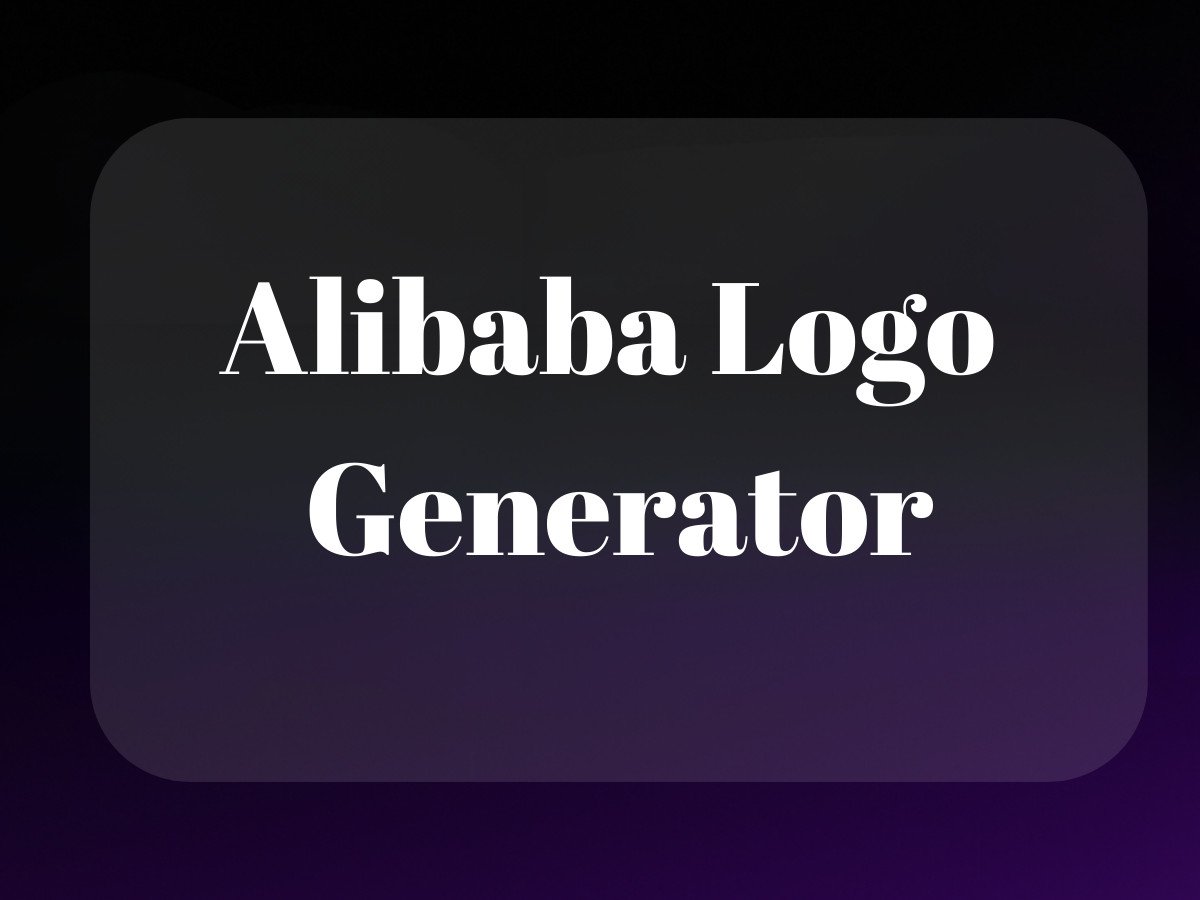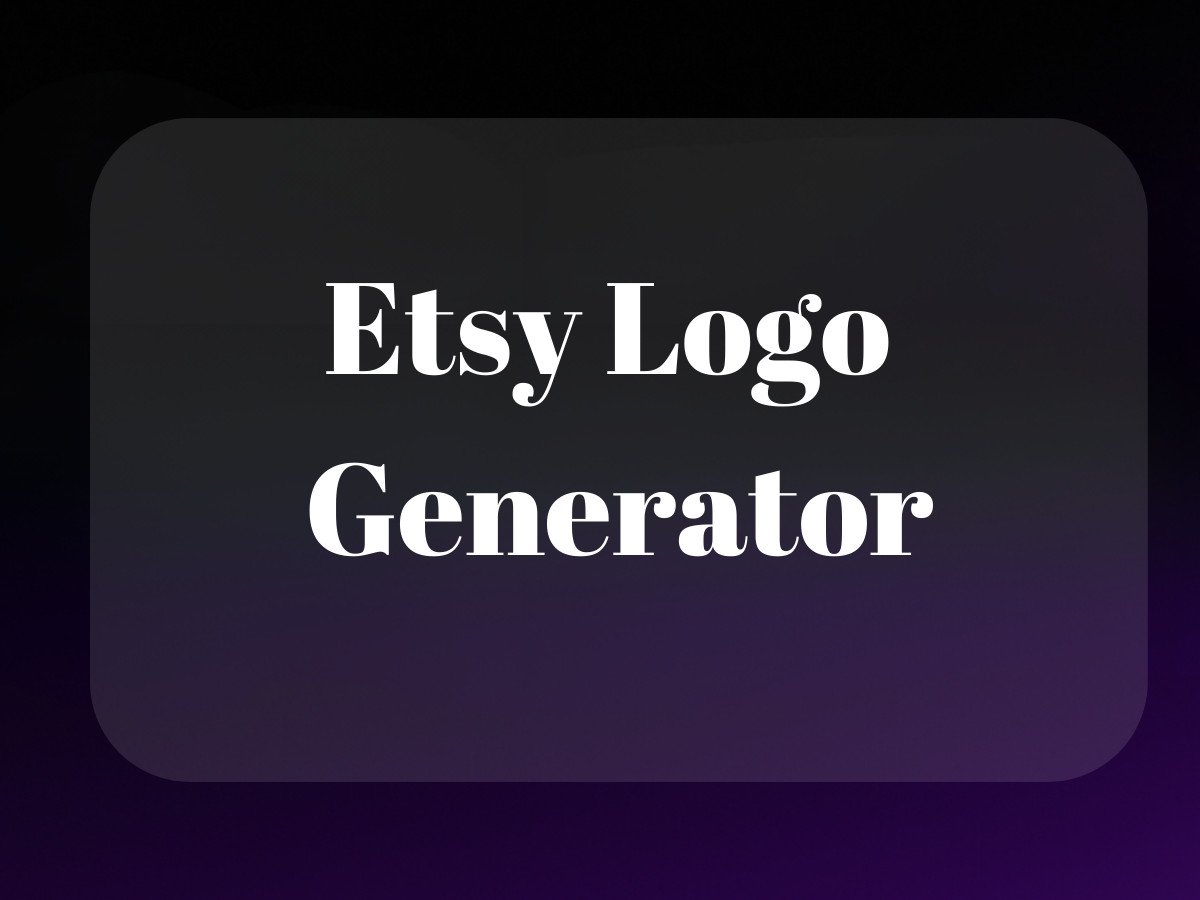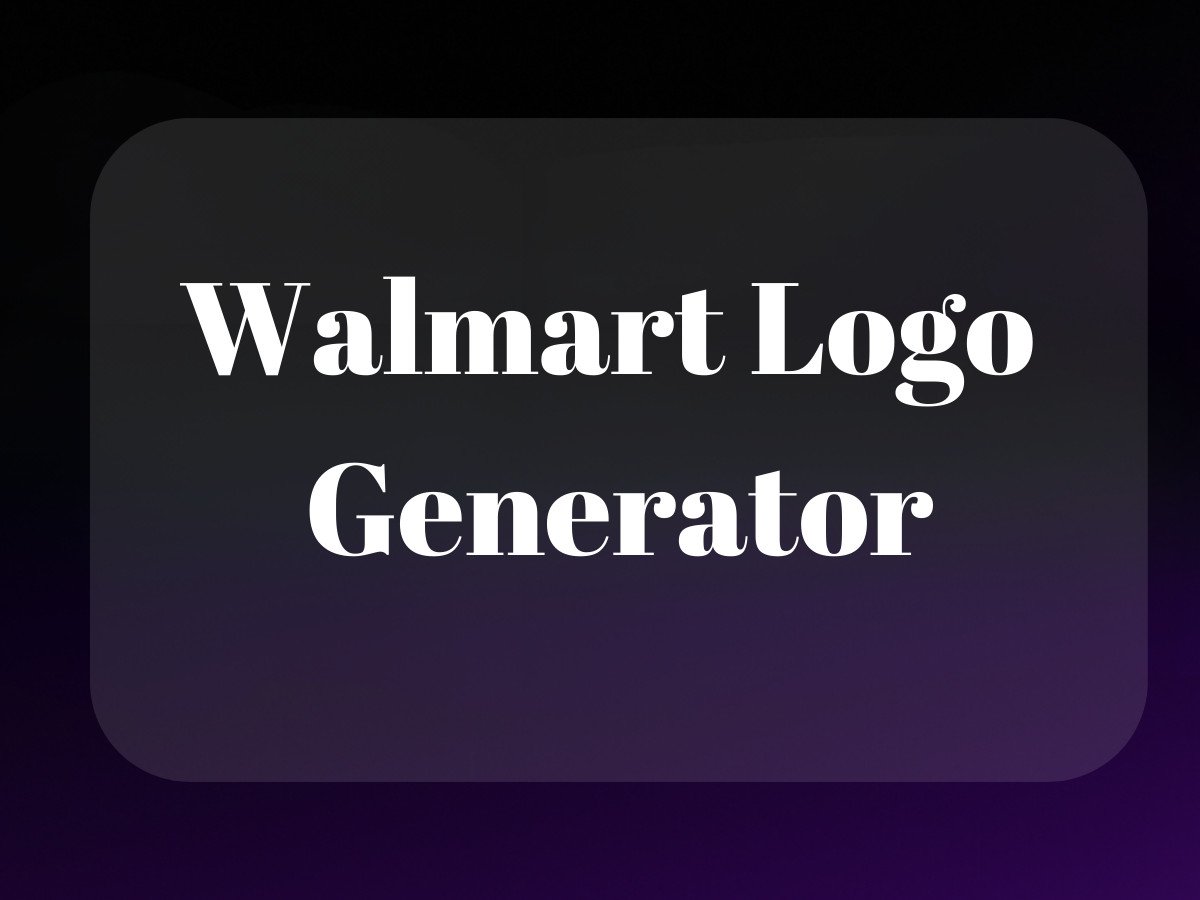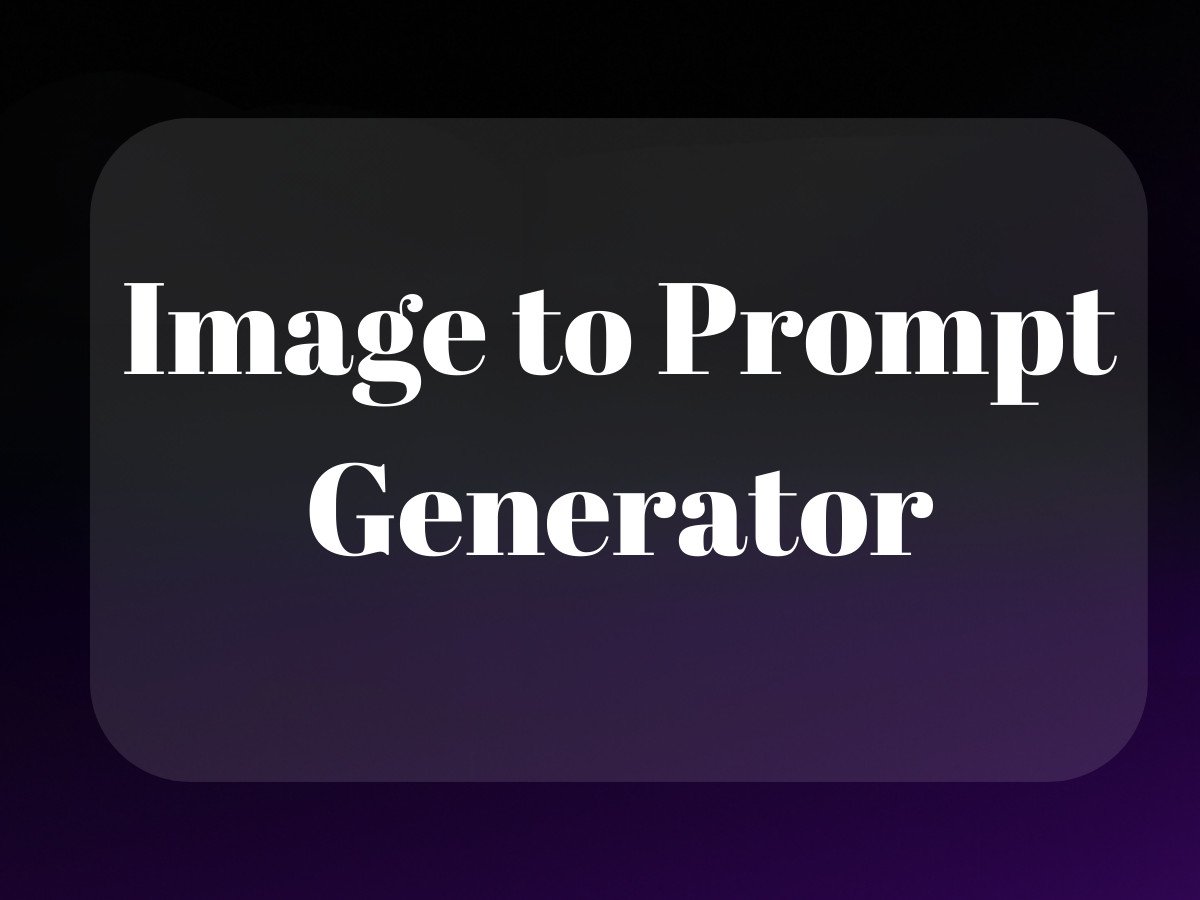Understanding Where to Buy Products to Sell on Amazon in 2024
Let’s be honest – finding products to sell on Amazon feels a bit like searching for buried treasure without a map. Everyone’s talking about the massive opportunity (over 2 million active sellers can’t be wrong), but nobody seems to give you the straight story about where to actually find profitable products.

I’ve spent the last decade helping brands source products for Amazon, and I’ll tell you this: the “secret sauce” isn’t really about finding some mythical supplier list or stumbling upon an undiscovered product category. It’s about understanding the fundamentals of product sourcing and building a systematic approach that works for your business model.
The Amazon Seller’s Supply Chain: More Than Just Finding Suppliers
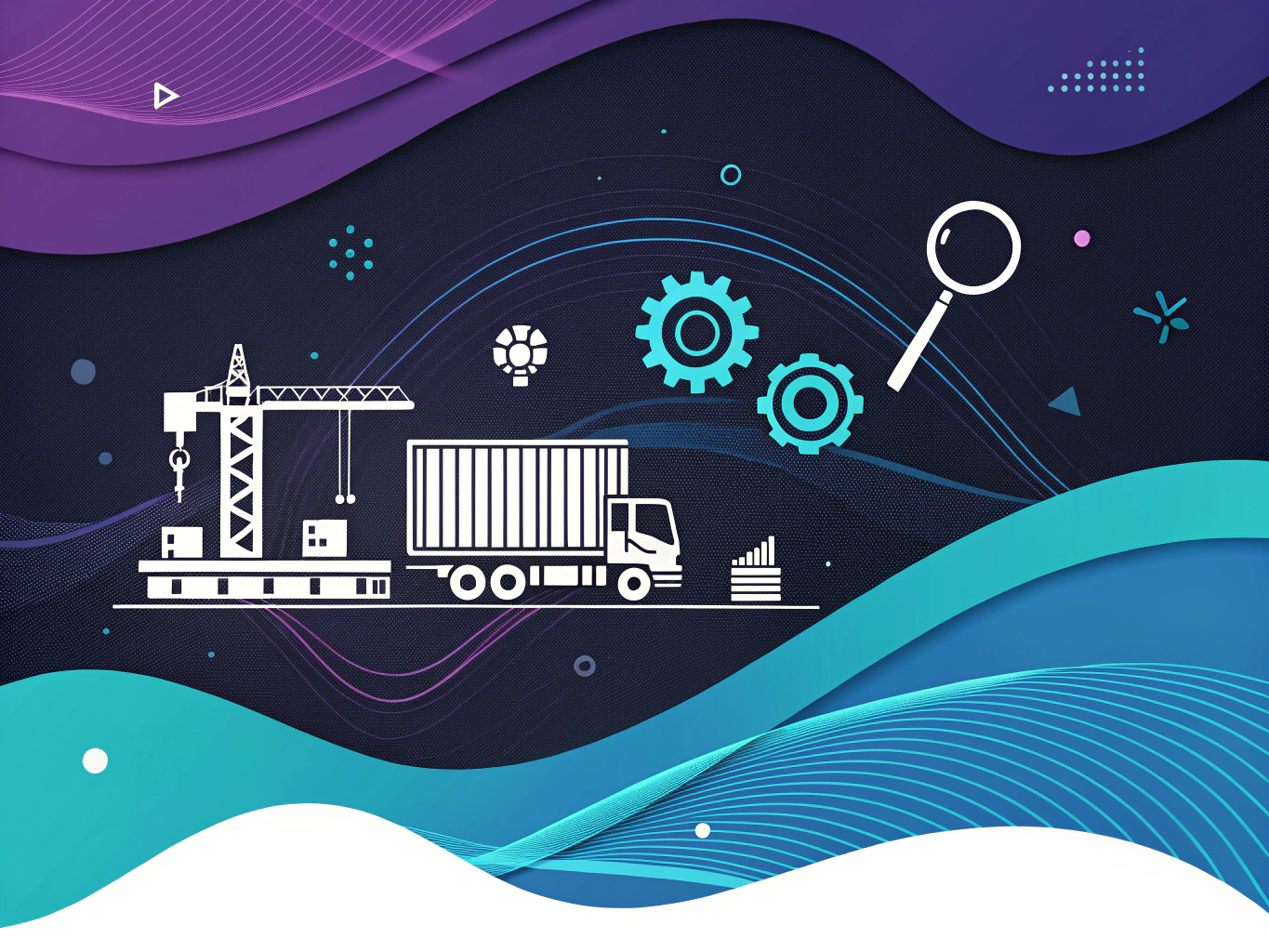 wholesale products to sell on amazon“/>
wholesale products to sell on amazon“/>Think of your Amazon product sourcing strategy like a well-oiled machine – each component needs to work in harmony with the others. You’ve got your supply chain economics (the numbers that make or break your business), risk management (because stuff will go wrong), and the actual sourcing process itself.
Different Sourcing Models: Choose Your Own Adventure
Here’s where it gets interesting. You’ve basically got four main paths to choose from:
- Wholesale: Buying existing branded products in bulk (think Nike shoes or KitchenAid mixers)
- Private Label: Creating your own branded products (usually manufactured in Asia)
- Retail Arbitrage: Buying products on sale from retail stores and reselling them
- Online Arbitrage: Same concept as retail arbitrage, but sourcing from online retailers
Each model has its own profit margins, risk levels, and initial investment requirements. Wholesale typically requires $5,000-$10,000 to start, while retail arbitrage can be bootstrapped with as little as $500. Private label usually needs $2,000-5,000 per product.
The Reality Check: What Nobody Tells You About Sourcing
Here’s something that might ruffle some feathers: those “guaranteed supplier lists” you see being sold online? Most are outdated or filled with suppliers who won’t work with new sellers. I’ve seen too many aspiring entrepreneurs waste money on these lists only to end up frustrated and no closer to their goals.
Where to Actually Find Products: The No-BS Guide
Online Marketplaces: Your First Stop
Let’s start with the obvious players. Alibaba and AliExpress are like the Amazon of product sourcing – they’re where everyone begins their journey. But here’s the thing: while these platforms are legitimate, they’re also oversaturated. You’re competing with literally millions of other sellers looking at the same products.
Pro tip: Don’t just browse the main pages. Use these advanced search strategies:
- Filter by “Verified Supplier” and “Trade Assurance”
- Look for suppliers with at least 3 years of platform experience
- Check if they have experience shipping to your target market
- Request video calls to verify their operation
Wholesale Suppliers and Distributors: The Real Deal
This is where things get interesting. Finding legitimate wholesalers is like dating – you need to put yourself out there, expect some rejection, and be prepared for a few awkward conversations. But when you find the right match? It’s worth it.
Start with these verified channels:
- Wholesale Central (old school but still valuable)
- Faire (great for unique, boutique products)
- RangeMe (especially good for retail-ready products)
- Industry-specific trade shows (nothing beats face-to-face networking)
For more detailed guidance, check out these 10 tips for starting a successful Amazon FBA business.
Direct Manufacturing Partnerships: The Holy Grail
Working directly with manufacturers can be your competitive edge. The margins are better, you have more control over the product, and you can build real relationships. But let’s be real – it’s also the hardest route, especially for beginners.
If you’re serious about this path, here’s what you need to know:
- Expect minimum order quantities (MOQs) of 500-1000 units
- Plan for 30-50% deposits upfront
- Factor in 60-90 days for production
- Budget for quality control inspections
The Smart Way to Validate Products Before Buying
Here’s where I see most new sellers mess up: they find a supplier, get excited about the potential margins, and dive in headfirst without proper validation. Don’t be that person. Use these tools to validate your product ideas:
- Helium 10 (yes, it’s expensive, but it’s worth it for the data)
- Jungle Scout’s Supplier Database (great for reverse-engineering successful products)
- AMZScout (solid alternative if you’re on a budget)
Look for these key metrics before committing:
- Monthly sales volume of at least 300 units
- Average selling price above $15
- Profit margin of at least 30% after all costs
- Less than 1000 reviews on the top 10 listings
Building Your Product Research System
Remember what I said about systematic approaches? Here’s a simple framework I use with my clients:
- Identify 5-10 potential product categories
- Research top 20 sellers in each category
- Analyze their supplier networks using tools like Jungle Scout
- Create a shortlist of products meeting your criteria
- Contact multiple suppliers for each product
This might seem like overkill, but trust me – this systematic approach will save you thousands in costly mistakes down the line. It’s about playing the long game, not looking for quick wins.
Primary Product Sourcing Methods: Where Real Amazon Sellers Find Their Gold

Let’s get real about finding products to sell on Amazon – because this isn’t just about scrolling through Alibaba hoping to strike gold. I’ve spent years helping brands navigate this landscape, and I’ll tell you what actually works (and what’s just wishful thinking).
The Online Marketplace Maze: Beyond the Obvious
Sure, everyone knows about Alibaba and AliExpress. They’re like the Walmart of wholesale sourcing – convenient, but hardly groundbreaking. What’s interesting is how the savviest sellers are using these platforms differently. Instead of just browsing catalogs, they’re reverse-engineering successful products and approaching manufacturers with specific modifications.
For a comprehensive guide on product sourcing, check out this article on how to find products to sell on Amazon.
Here’s what most “gurus” won’t tell you about where to buy products to sell on Amazon: the best opportunities often lie in the platforms’ blind spots. Take DHgate’s lesser-known specialty categories or Global Sources’ verified supplier network. These aren’t the first places most sellers look, which is exactly why they’re worth your attention.
Wholesale Suppliers and Distributors: The Real Deal
Remember when everyone thought dropshipping was the future? Well, wholesale distribution is having its revenge tour. But here’s the catch – finding legitimate wholesalers is like dating in New York; lots of options, but quality matches are rare.
I recently worked with a brand that tried contacting 50 different wholesale suppliers. Want to know how many actually had legitimate amazon wholesale business credentials? Three. That’s a 6% success rate, folks. This is why most amazon wholesale suppliers lists you find online are about as useful as a chocolate teapot.
The Art of Direct Manufacturing Partnerships
This is where things get interesting for amazon wholesale accounts. Direct manufacturing partnerships are like having a backstage pass to product development. But let me tell you something I learned the hard way – it’s not just about finding manufacturers; it’s about speaking their language.
When looking for where to buy wholesale products to sell on amazon, I’ve seen too many sellers approach manufacturers with the enthusiasm of a puppy but the preparation of a goldfish. Here’s what actually works:
- Start with small test orders (even if they push for bigger MOQs)
- Request sample variations before committing
- Get everything in writing – especially quality standards
- Build relationships through consistent communication
The Trade Show Treasure Hunt
Trade shows are like speed dating for amazon suppliers. You’ll meet dozens of potential partners, but the real magic happens in the follow-up. I’ve seen sellers waste thousands on trade show trips because they didn’t know how to convert those brief encounters into lasting relationships.
Here’s a pro tip for finding wholesale products to sell: The best conversations at trade shows often happen after hours, at the hotel bar. That’s when suppliers let their guard down and share the good stuff – like upcoming product lines or competitor intel.
Advanced Sourcing Strategies That Actually Work

Let’s talk about what separates the amateurs from the pros when it comes to where to buy products to sell online. It’s not about having the biggest supplier list or the fanciest sourcing software – it’s about building systems that scale.
The Hybrid Approach
The most successful amazon fba wholesale sellers I know use what I call the “hybrid approach.” They combine multiple sourcing methods:
- Core products from established manufacturers
- Trend-based items from quick-turn suppliers
- Custom variations from ODM partners
- Seasonal opportunities from liquidation channels
Quality Control: The Make-or-Break Factor
Here’s something that keeps me up at night: I’ve seen too many sellers crash and burn because they skipped quality control. When sourcing wholesale items to sell, your reputation is only as good as your worst product batch.
Implement these non-negotiable quality checks:
- Third-party inspections for new suppliers
- Regular factory audits
- Sample testing from each production run
- Customer feedback monitoring
Building Sustainable Supplier Relationships

The secret sauce in finding where to buy products to sell on amazon isn’t just about sourcing – it’s about building relationships that last. Think of it like a marriage; the honeymoon phase is great, but it’s the long-term commitment that creates value.
Negotiation Tactics That Actually Work
Forget what you’ve read about hardball negotiation tactics. In my experience, the best deals come from understanding your supplier’s business as well as they understand yours. Start with these principles:
- Focus on total value, not just price
- Create win-win scenarios
- Build long-term roadmaps together
- Share market insights and feedback
Risk Management in Sourcing
Let’s talk about the elephant in the room – risk. Every sourcing strategy needs a solid risk management plan. I’ve seen too many sellers put all their eggs in one supplier basket, only to watch their business crumble when something goes wrong.
Here’s my tried-and-tested risk mitigation framework:
- Maintain relationships with backup suppliers
- Diversify sourcing geographies
- Keep buffer inventory
- Document everything (seriously, everything)
The Future of Amazon Product Sourcing
The landscape of where to buy products to sell on amazon is evolving faster than ever. AI and automation are changing how we find and validate suppliers. But here’s the thing – the fundamentals of good sourcing haven’t changed. It’s still about relationships, quality, and smart risk management.
What has changed is the toolset we use. Modern amazon wholesale suppliers are using everything from blockchain for transparency to AI for trend prediction. But remember – these are tools, not magic wands. They work best when combined with human judgment and experience.
Building a Sustainable Sourcing System
Look, I’ve seen too many Amazon sellers get caught up in the excitement of finding their first successful product, only to hit a wall when trying to scale. Here’s the truth: where you buy products to sell on Amazon isn’t just about finding suppliers – it’s about building systems that can grow with you.
Technology and Automation: Your Secret Weapon
Remember when we used Excel spreadsheets for everything? Those days are gone. Modern Amazon wholesale suppliers require modern solutions. I’m talking about inventory management systems that can predict when you’ll run out of stock before you even know it yourself. It’s like having a time-traveling assistant who warns you about problems before they happen.
The real game-changer isn’t just automation – it’s intelligent automation. Tools like Helium 10’s inventory management system don’t just track numbers; they learn from your sales patterns. They’re like that incredibly detail-oriented intern who never sleeps and never makes mistakes (if only, right?).
Scaling Your Operation Without Losing Your Mind
When it comes to finding wholesale products to sell, most sellers hit a ceiling because they try to do everything themselves. Your goal should be building a system that works without you having to micromanage every detail. This means developing relationships with multiple amazon wholesale suppliers, creating standard operating procedures, and yes – actually delegating.
Advanced Sourcing Strategies That Actually Work
Let’s get real about where to buy products to sell on Amazon in 2024. The landscape has changed dramatically, and what worked five years ago might not cut it anymore. But here’s where it gets interesting…
The Hidden Power of Professional Sourcing Services
I used to be skeptical about sourcing agents. Seriously, why pay someone else to do what I could do myself? But here’s the thing – a good sourcing agent isn’t just finding products; they’re opening doors you didn’t even know existed. They have relationships with wholesale distribution networks that aren’t advertising on Alibaba or showing up at trade shows.
Think of it this way: you wouldn’t try to be your own lawyer or accountant (I hope). So why are you trying to be your own international sourcing expert? The right sourcing partner can be the difference between playing in the minor leagues and going pro.
Retail Arbitrage: Not Dead, Just Different
Everyone loves to declare retail arbitrage dead, but they’re missing the point. The game has evolved. Smart sellers are using AI-powered tools to spot opportunities across hundreds of retailers simultaneously. It’s not about hitting up clearance sales anymore – it’s about pattern recognition at scale.
The Future of Amazon Product Sourcing
Want to know where to buy wholesale products to sell on Amazon in the future? The answer might surprise you. We’re entering an era where traditional sourcing methods are being turned on their head by AI and automation.
Emerging Trends You Can’t Ignore
Sustainability isn’t just a buzzword anymore – it’s becoming a core part of sourcing strategy. Consumers are demanding transparency about where products come from, and Amazon’s climate pledge friendly badge is just the beginning. Your amazon wholesale business needs to adapt or risk being left behind.
The rise of AI-powered sourcing tools is changing the game completely. Imagine tools that can predict which products will trend six months from now, or automatically negotiate with suppliers in multiple languages. It sounds like science fiction, but I’m seeing early versions of these technologies already in use.
Adaptation Strategies for the New Era
Success in amazon fba wholesale isn’t just about finding the right products anymore – it’s about building a resilient, adaptable business that can pivot quickly. This means diversifying your supplier base, investing in technology, and staying ahead of market trends.
Final Thoughts: Making It All Work
After years of working with thousands of sellers, I’ve noticed something interesting: the most successful ones aren’t necessarily the ones who found the perfect products right away. They’re the ones who built sustainable systems and weren’t afraid to adapt.
Here’s my challenge to you: stop thinking about where to buy products to sell on Amazon as a one-time decision. Instead, think of it as building a dynamic system that evolves with your business. Your first supplier doesn’t have to be your forever supplier, and your first product doesn’t have to be your best product.
Remember, Amazon’s not just a marketplace – it’s an ecosystem. Your success depends on how well you can navigate and adapt to this ecosystem. Whether you’re just starting with wholesale items to sell or scaling an existing operation, the key is to stay flexible and keep learning.
Action Steps to Take Today
- Audit your current sourcing process and identify bottlenecks
- Research and test at least one new sourcing tool or platform
- Start building relationships with multiple suppliers in your niche
- Create a systematic approach to evaluating new products and suppliers
- Develop a sustainability plan for your sourcing strategy
The future of Amazon selling belongs to those who can build scalable, sustainable sourcing systems. It’s not just about finding products anymore – it’s about creating a business that can thrive in an increasingly complex marketplace.
And remember – while AI and automation are transforming the industry, the human element remains crucial. The best technology in the world can’t replace good judgment and strong relationships. Use tools to enhance your capabilities, not replace your decision-making.
Your success in finding where to buy products to sell on Amazon will ultimately come down to how well you can balance these elements – technology, relationships, and systems thinking. The tools and strategies we’ve discussed are just the beginning. The real work starts with implementing them in a way that makes sense for your unique business.
For more insights and tips, be sure to check out our blog for the latest trends and strategies.
Related Articles:
- Best Products to Sell on Amazon: 10 Proven Winners 2024
- How to Sell Wholesale: A Beginner’s Guide to Success
- List Products on Amazon: Pro Tips for Higher Sales – ProductScope AI
Frequently Asked Questions
Where can I buy my products to sell on Amazon?
You can buy products to sell on Amazon from a variety of sources including wholesale suppliers, manufacturers, and liquidation sales. Online platforms like Alibaba, eBay, and even local clearance sales can be great places to source products. Additionally, attending trade shows can help you connect directly with manufacturers and suppliers to get the best deals.
How do I find profitable items to sell on Amazon?
Finding profitable items involves researching market trends, analyzing competitors, and using tools like Jungle Scout or Helium 10 to assess demand and competition. Look for products with a high sales rank, low competition, and good profit margins. Customer reviews and social media trends can also provide insights into what products are gaining popularity.
How do you get permission to sell products on Amazon?
To sell products on Amazon, you need to create a seller account and may need approval for certain categories that are gated, meaning they require approval to ensure product authenticity and quality. You might need to submit invoices, a letter of authorization from the brand, or other documentation to get approval. It’s important to check Amazon’s guidelines for each category you wish to sell in.
How do I find out what products to sell on Amazon?
To discover what products to sell, start by researching current market trends and analyzing customer demands using Amazon Best Sellers and Movers & Shakers lists. Utilize keyword research tools to identify popular search terms and gaps in the market. Additionally, consider leveraging social media platforms and forums to gauge consumer interest and emerging trends.
Can I buy products and resell them on Amazon?
Yes, you can buy products and resell them on Amazon through retail arbitrage, wholesale, or private labeling. Retail arbitrage involves purchasing discounted products from retail stores and selling them at a profit on Amazon. It’s essential, however, to ensure that the products comply with Amazon’s policies and are not restricted or counterfeit.
About the Author
Vijay Jacob is the founder and chief contributing writer for ProductScope AI focused on storytelling in AI and tech. You can follow him on X and LinkedIn, and ProductScope AI on X and on LinkedIn.
We’re also building a powerful AI Studio for Brands & Creators to sell smarter and faster with AI. With PS Studio you can generate AI Images, AI Videos, Chat and Automate repeat writing with AI Agents that can produce content in your voice and tone all in one place. If you sell on Amazon you can even optimize your Amazon Product Listings or get unique customer insights with PS Optimize.
🎁 Limited time Bonus: I put together an exclusive welcome gift called the “Formula,” which includes all of my free checklists (from SEO to Image Design to content creation at scale), including the top AI agents, and ways to scale your brand & content strategy today. Sign up free to get 200 PS Studio credits on us, and as a bonus, you will receive the “formula” via email as a thank you for your time.

